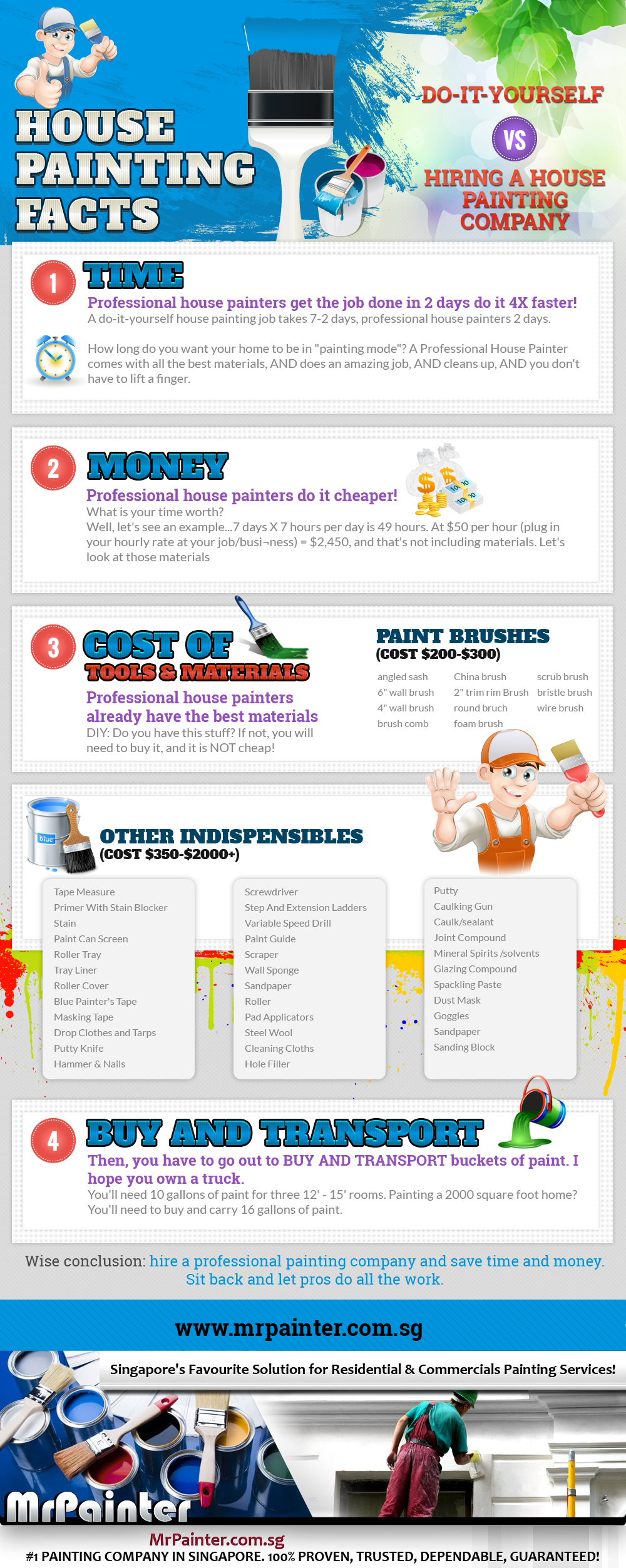Understand Exactly How Seasonal Problems Impact The Success Of Commercial Outside Painting And Learn The Ideal Periods To Assure Durable End Results For Your Project
Understand Exactly How Seasonal Problems Impact The Success Of Commercial Outside Painting And Learn The Ideal Periods To Assure Durable End Results For Your Project
Blog Article
Published By-Ford Whalen
When you're intending an industrial external painting job, seasonal elements can make or break your results. You'll intend to think about exactly how temperature level and moisture effect paint application and drying out times. Picking the right period can ensure your paint sticks effectively and lasts longer. However which periods are truly the best for this type of job? Allow' just click the up coming article out the crucial elements that can impact your project's success.
The Impact of Temperature Level on Paint Application
When you're preparing a business outside paint task, the temperature level can considerably impact how well the paint sticks and dries.
Ideally, you intend to paint when temperature levels range in between 50 ° F and 85 ° F. If it's also chilly, the paint might not heal properly, bring about problems like peeling or splitting.
On the other side, if it's as well warm, the paint can dry out as well rapidly, avoiding correct adhesion and causing an uneven coating.
You ought to additionally think about the moment of day; morning or late afternoon uses cooler temperature levels, which can be a lot more positive.
Always inspect the maker's referrals for the certain paint you're using, as they frequently offer guidance on the perfect temperature range for optimal outcomes.
Humidity and Its Result on Drying Times
Temperature level isn't the only ecological element that affects your commercial exterior painting project; humidity plays a significant function too. High moisture degrees can decrease drying times drastically, influencing the overall high quality of your paint work.
When the air is saturated with moisture, the paint takes longer to cure, which can lead to concerns like poor adhesion and a greater danger of mildew development. If you're repainting on a specifically humid day, be gotten ready for extensive wait times in between layers.
It's vital to check local weather and plan accordingly. Ideally, aim for moisture degrees in between 40% and 70% for optimum drying out.
Keeping these consider mind guarantees your task remains on track and provides a long lasting finish.
Best Seasons for Commercial Exterior Painting Projects
What's the very best season for your commercial outside painting tasks?
Springtime and early fall are generally your best choices. During these periods, temperatures are moderate, and humidity degrees are commonly reduced, creating ideal conditions for paint application and drying.
Avoid summer season's intense heat, which can create paint to completely dry as well swiftly, causing bad bond and surface. Likewise, winter months's cool temperatures can prevent correct drying and curing, running the risk of the long life of your paint job.
Go for Recommended Reading with temperature levels in between 50 ° F and 85 ° F for ideal results. Keep in mind to examine the neighborhood weather prediction for rain, as wet problems can destroy your task.
Preparation around these factors guarantees your paint task runs smoothly and lasts longer.
Final thought
In conclusion, planning your commercial external paint tasks around seasonal considerations can make a significant distinction in the outcome. By scheduling job throughout the ideal temperatures and moisture levels, you'll ensure better attachment and drying out times. Bear in mind to keep an eye on regional weather forecasts and pick the right time of year-- springtime and early fall are your best bets. Taking these actions will assist you accomplish a long lasting and expert finish that lasts.
